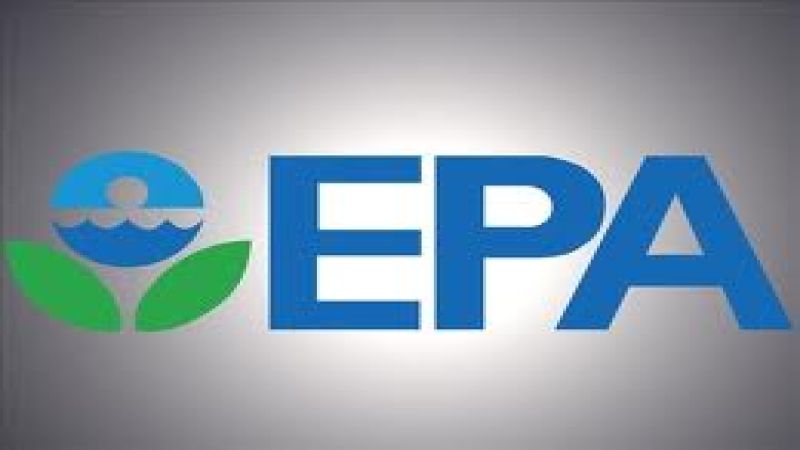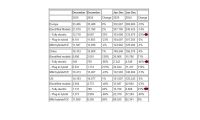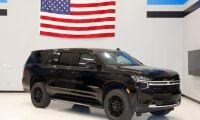This announcement comes hot on the heels of the President Obama’s endorsement of natural gas vehicles in his energy blueprint speech.
At issue is the Clean Air Act which prohibits altering a vehicle or engine from its certified configuration. So, the revised regulations provide compliance options that allow conversion manufacturers to make the necessary changes without violating the law.
According to the national NGV association, NGVAmerica, the move was openly welcomed. “At a time when oil prices are once again steeply rising and businesses and consumers are looking for real solutions to ease their pain at the pump, this action by EPA could not be more welcome,” said Richard Kolodziej, president of the trade group.
For the record, the EPA is adopting changes to the regulations found in 40 CFR part 85 subpart F for clean alternative fuel conversion manufacturers, thereby opening up new fuel supply choices for consumers. This action affects regulations applicable to manufacturers of light-duty vehicle and heavy-duty highway vehicle and engine clean alternative fuel conversion systems.
The revisions will streamline the compliance process while maintaining environmentally protective controls and is expected to result in cost savings for many converters. The ruling will take effect upon publication in the Federal Register.
Previous EPA regulations required vehicle and engine conversion systems to be covered by a certificate of conformity to gain a regulatory exemption from potential tampering charges. EPA evaluated the requirement and determined that it is appropriate to introduce new flexibilities for all clean alternative fuel converters and to expand the compliance options for certain categories of conversions. EPA is amending the regulatory procedures in 40 CFR part 85 subpart F and part 86 to establish these new compliance options.
The new approach builds upon the concept that it is appropriate to treat conversions differently based on the age of the vehicle or engine being converted. Under the new regulations, testing and compliance procedures differ based on the age category of the vehicle or engine that is converted: new and relatively new, intermediate age, or outside useful life. All conversion manufacturers seeking an exemption must demonstrate compliance, but the requirements differ among age categories.
The new rules do not give everyone an easy pass. It will continue to require that manufacturers demonstrate that their conversion systems maintain emissions performance of the vehicle. In most cases, natural gas will produce less emission because of its clean-burning properties.
-----------------------
About the Author: After 39 years in the auto industry as a design engineer, Frank Sherosky now trades stocks and writes articles, books and ebooks via authorfrank.com, but may be contacted here by email: [email protected]
________________________________________________
Additional Reading:
Heckmann Corporation transitioning to LNG with Peterbilt 367
AT&T reduces dependence on foreign oil with CNG powered Chevy vans
Scuderi Air-Hybrid Engine technology setting up to challenge electric hybrids
Volt increasing traffic onto Chevy dealer showroom floors
Cella Energy achievement may make hydrogen fill-up a reality
Stop-start technology to advance more micro hybrids by 2016











